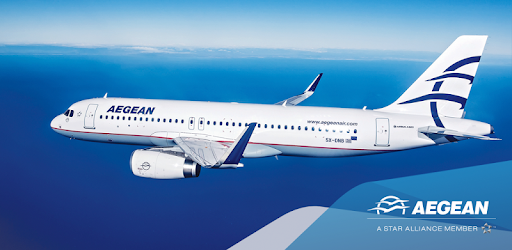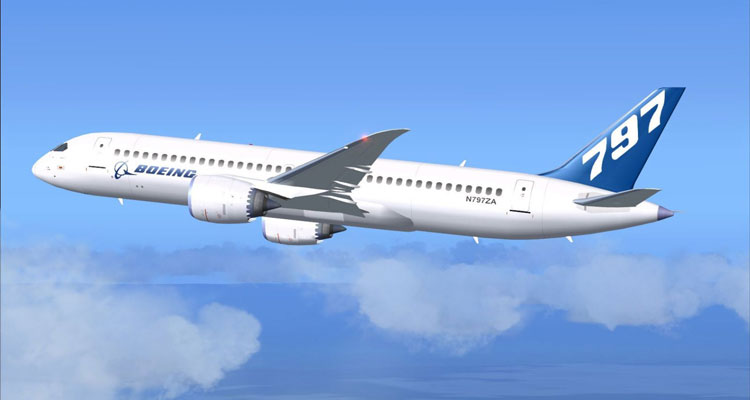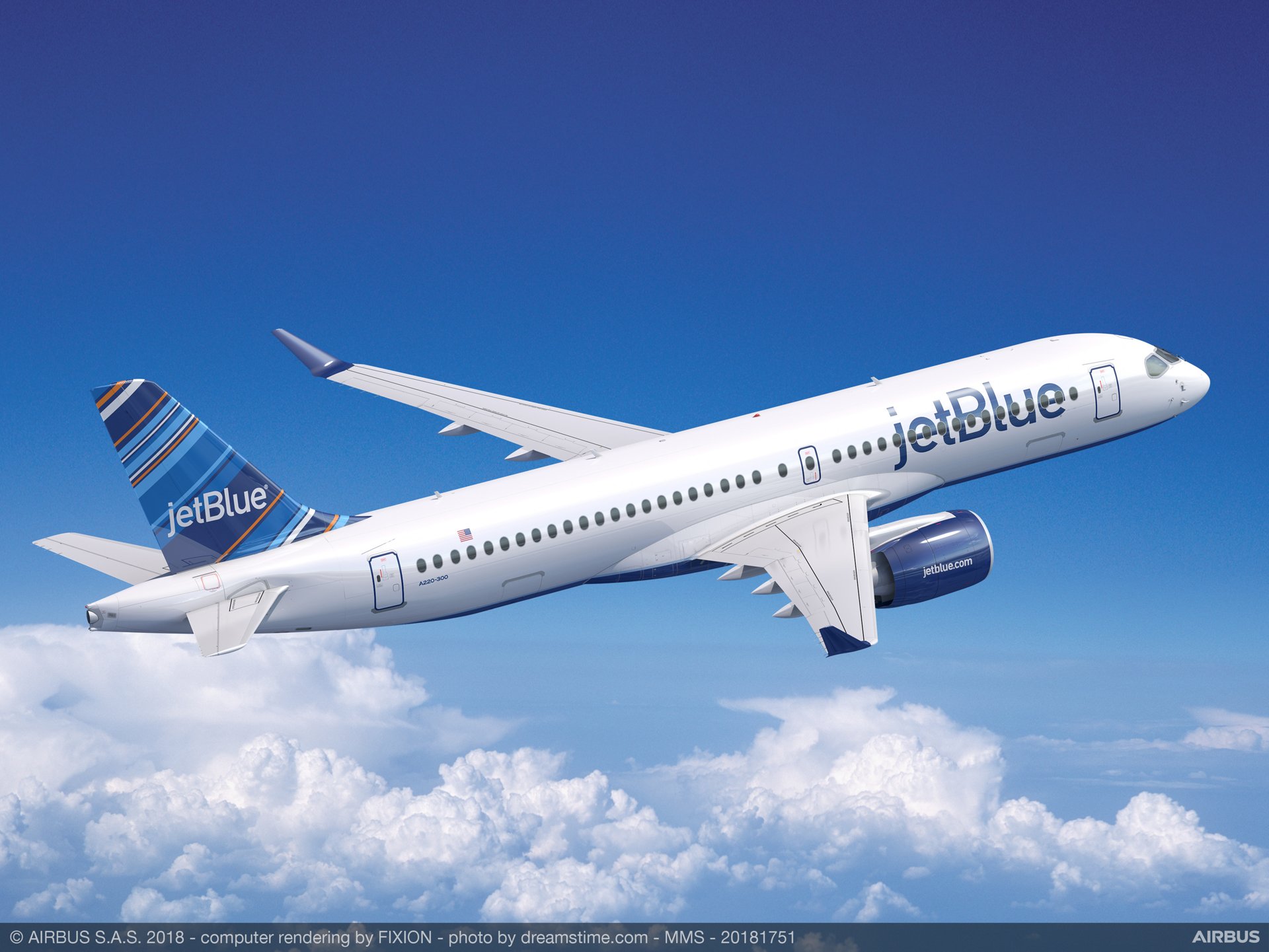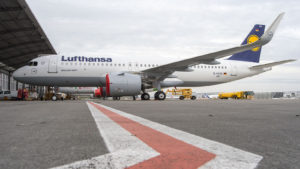(Reuters) – Boeing Co is indicating “full speed ahead” for a new midsized airplane in what would be the first all-new jet program for the world’s biggest planemaker in more than a decade, Air Lease Corp’s chief executive, John Plueger, said on Wednesday.
Boeing reiterated on Wednesday that it will make a decision in 2020 on whether to launch the plane, which aims to address the middle of the jet market between traditional narrowbody jets with one aisle and long-distance widebody planes. It can start seeking offers in 2019, subject to launch.
“Boeing is signalling full speed ahead but there’s still a lot to be decided in these programs,” Plueger said at a conference, noting the company had met with Boeing in Seattle on Friday.
In an emailed statement, Boeing said it is still working through the business case for the new jet, adding: “If we decide to offer the airplane and the market responds positively, we will proceed with a launch decision sometime in 2020.”
Air Lease, one of the largest aircraft lessors, said it sees interest in Boeing’s proposed mid-market aircraft from airlines, some of which are looking for longer range while others, such as Asian carriers, seek the lowest possible cost per seat kilometre.
Still, Boeing is taking a “thoughtful approach” to the potential project following a series of cost overruns and delays with its last jet program, the 787, and has yet to discuss possible pricing, Air Lease Executive Chairman Steven Udvar-Hazy said.
Air Lease will meet on Saturday with Airbus SE, which is preparing to counter the potential new jet by Boeing with a new version of its A321 and the larger A330neo.
While Boeing and Airbus have traditionally launched new jets alongside purchase commitments from airlines, interest by aircraft lessors like Air Lease is forming an increasingly important role in the decision-making process, industry sources have said.
Delta Air Lines Chief Executive Ed Bastian said on Monday that it is interested in a mid-market aircraft from Boeing to replace 200 757 and 767 aircraft over the next decade.
Last month, Rolls-Royce dropped out of the race to power Boeing’s planned jet, strengthening a leading position in the high-profile contest for a transatlantic venture involving General Electric Co and France’s Safran.
“Somebody had to drop out and the competition at this point is progressing normally,” Plueger said.
Pratt & Whitney is also a potential supplier for the new Boeing jet.
(Reporting by Tracy Rucinski in Chicago; Editing by Matthew Lewis)















